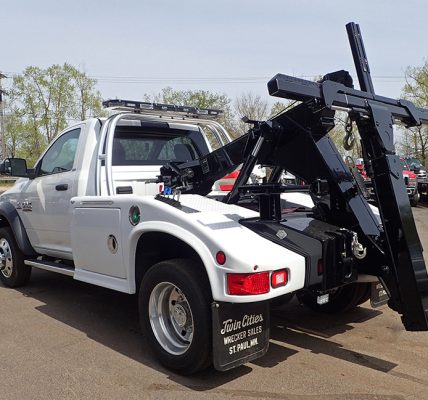Clogged Drains & Toilets
Clogged drains and toilets are a common home problem. This is because every sink, tub and toilet in the house runs into a larger drain pipe that connects to the main sewer line.
When that clog gets too big, it can cause all sorts of problems down the road, like leaky pipes and backed up fixtures. To keep your pipes running smoothly, make sure you use the proper nozzles and clean out your clogged toilet regularly.
There are many ways to unclog a drain. One of the most effective is to plug in a power auger that has a foot-pedal switch and a powerful motor. This is the smartest way to clear your drains of the yuckies and get your house back in order. It also uses the least amount of electricity. A little research will help you choose the best model for your home. The best way to find out is to give us a call and let us show you what we can do for you.
Water Heater Leaks
Water heater leaks are a common problem for homeowners. They happen for a variety of reasons, but they can be difficult to pinpoint without help.
The location of a leak is especially important because it helps to determine what component may be causing the issue. This makes it much easier for Plumber Service in Montgomery VT the problem quickly and efficiently.
If your water heater leaks from the top, it is a sign that there is a problem with the T&P relief valve (temperature and pressure relief valve). This safety feature triggers when excessive pressure builds in the tank.
Another problem that can cause a leak at the top of the water heater is sediment buildup. Over time, sediment can start to corrode the tank and eventually a water heater will need to be replaced.
Water heater leaks can be a real nuisance, and they can often become a major headache if you don’t catch them early. Fortunately, there are many ways to diagnose water heater leaks and fix them before they become a big problem.
Sewer & Drain Cleaning
Drains are the main channels that take wastewater from your sink, bathtub, shower, toilet, and other drains to the sewer line. If they become clogged, it could cause water to take longer to drain and even set into the sink or bathroom tub.
Sewer lines are ducts that transport waste from residential properties or commercial buildings into the underground main sewer disposal system. They need to be maintained regularly to ensure efficient drainage and avoid major repair costs.
When a sewer line is clogged or blocked, old water, wastage, grease, debris, and toxic materials accumulate inside, creating an unpleasant smell in your home. These odors are harmful to your health and give off an unhealthy environment for you and your family.
Sewer cleaning involves using a flexible rod, called a drain snake, to unclog a sewer line and remove the accumulated clog. Other methods of sewer cleaning include airburst drain cleaning, which uses accelerated gas such as carbon dioxide to break down a clog.
Leak Detection
A leak in a pipe can quickly turn into a big problem, causing significant damage to your home. Fortunately, modern plumbing equipment can detect leaks before they cause major damage.
Leak detection systems use an in-line water monitoring system to shut off your plumbing flow should they notice any irregularity in the way that the water flows through your pipes. They also connect to your smartphone, allowing you to receive alerts of any issues so that you can take action before a leak causes serious damage.
Some leak detection methods include hydrostatic pressure testing and sewer video inspection. The former consists of placing an inflatable test ball into the main line sewer cleanout in a structure, which is then filled with water to its slab level. If the water can’t go up to the slab level, or if it recedes, this is a sign that a leak is present.
Using leak detection technology to locate water leaks in distribution systems can significantly reduce a utility’s water loss and help prevent future breaks in the system. This can be especially important in drought-stricken regions, where finding leaks is a top priority for utilities.
